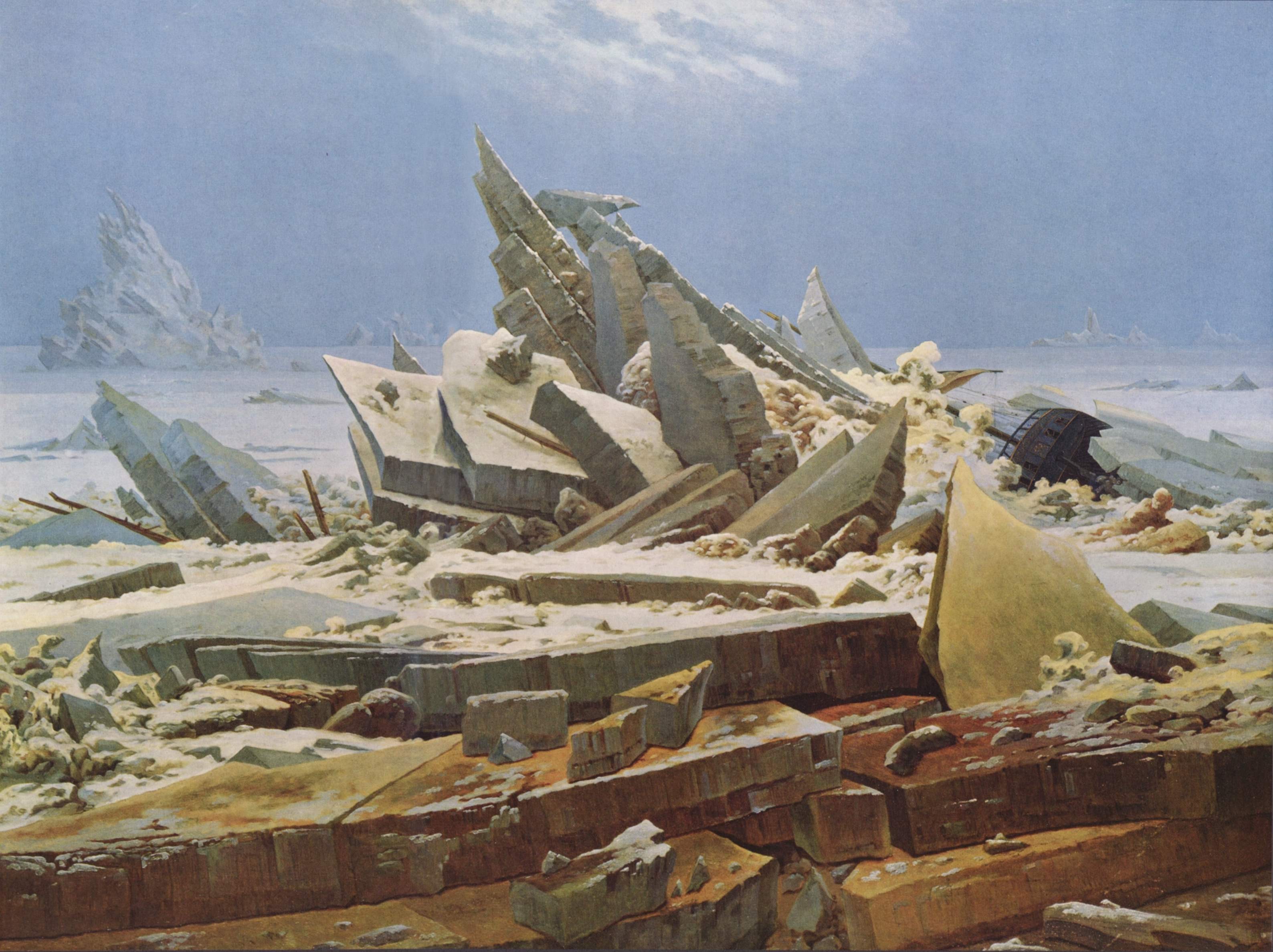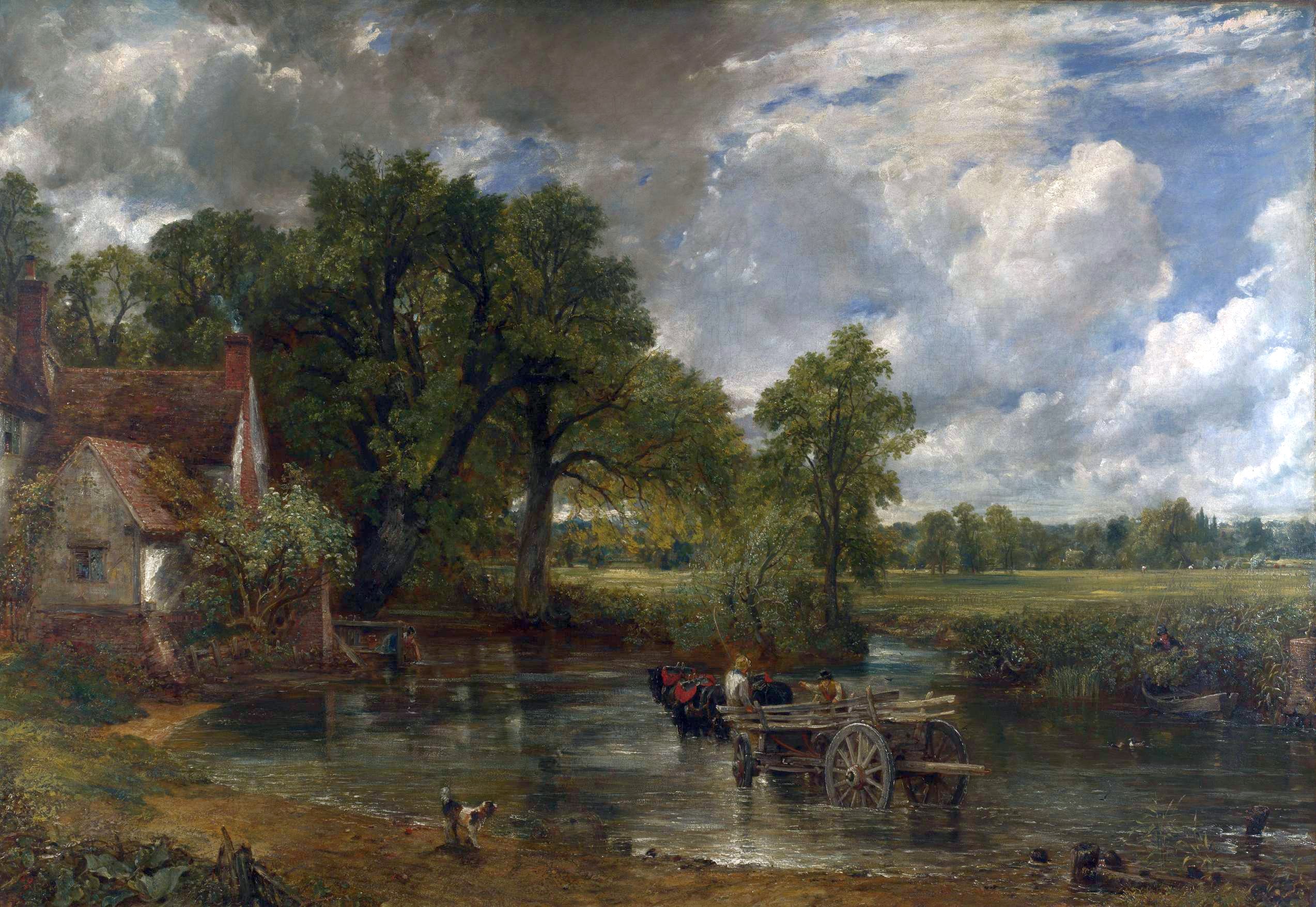
Most definitions of ‘correlation’ and ‘causation’ I have found are very difficult or technical. How would you define the terms in a way that is understandable? Perhaps with a clarifying example?

Most definitions of ‘correlation’ and ‘causation’ I have found are very difficult or technical. How would you define the terms in a way that is understandable? Perhaps with a clarifying example?

Let the words “natural” and “unnatural” act as warning bells, so that whenever you hear the words used you know that a bad argument is soon following.
The use of “natural” and “unnatural” as an argument is called Appeal to Nature. The blog The Logical Place explains it well. Whenever I try to explain this, I struggle to come up with good examples. Could you please help me with examples where something natural is bad, or something unnatural is good?
“Seek happiness in tranquillity, and avoid ambition, even if it be only the apparently innocent one of distinguishing yourself in science and discoveries. Yet why do I say this? I have myself been blasted in these hopes, yet another may succeed.” ––Victor Frankenstein
“When I call over the frightful catalogue of my deeds, I cannot believe that I am he whose thoughts were once filled with sublime and transcendant visions of the beauty and the majesty of goodness. But is it even so; the fallen angel becomes a malignant devil. Yet even that enemy of God and man has friends and associates in his desolation; I am quite alone.”––The Creature
When you have finished reading Frankenstein, go back to the beginning. Read a page or two from captain Walton’s letters. How do you experience the language now compared to when you started reading the book?

Romantic art and literature is obsessed with the sublime. The sublime was a feeling experienced when looking at endless waters, the starry sky, thundering storms and deadly glaciers between jagged peaks. It was a mixed emotion of pain and joy and it is something we all feel when watching lightning during a stormy summer night: we love to look at it but the power of nature makes us feel small.
According to Umberto Eco’s On Beauty, the idea of the sublime goes back to the Romans, but was made popular by Edmund Burke in A Philosophical Enquiry into the Origin of Our Ideas of the Sublime and Beautiful (1756). There he describes a dichotomy between beautiful things and the sublime. Beautiful things are small, smooth, elegant and with clear colors and small variations, for example a flower in a vase. Sublime things are linked to fear or power and are the opposite of the beautiful: large, coarse, powerful, for example a large waterfall. Perhaps the best explanation Eco gives is that you want to own or consume beautiful things, but not the sublime.
Mary Shelley’s Frankenstein is filled with descriptions of sublime settings.

“It was nearly noon when I arrived at the top of the ascent. For some time I sat upon the rock that overlooks the sea of ice. A mist covered both that and the surrounding mountains. “
This is one of Victor Frankenstein’s many descriptions of Sublime settings. Caspar David Friedrich’s painting Wanderer on the Sea of Mist (1818) serves as a good illustration to the quote.
As a contrast to the sublime settings, the Creature describes the little hut with the happy family in beautiful terms:

“In the meanwhile also the black ground was covered with herbage, and the green banks interspersed with innumerable flowers, sweet to the scent and the eyes, stars of pale radiance among the moonlight woods; the sun became warmer, the nights clear and balmy […]”
The details differ from the text in Constable’s The Hay Wain, but the feeling is similar. What this means for an understanding of Frankenstein, and of Victor Frankenstein and the Creature remains to be answered. I do believe, however, that it is possible to show that there is a difference between what is typical in English culture compared to, let’s say, German culture. We see this if we compare Constable’s beautiful paintings to Friedrich’s sublime paintings or Elgar’s music to Wagner’s. England defines itself as being a green and pleasant land which is far from the sublime landscapes of Frankenstein. It seems that English writers use this image, from the Creature’s description of the hut to Tolkien’s description of the Shire. It is possible that the Creature’s longing for a family is also a longing for a home in the green and pleasant lands of England.

Sometimes what we expect to find in a novel clouds our judgment, so that we only see what we expect to see. This is true for most people who read Frankenstein for the first time.
After captain Walton’s four-letter introduction to the novel we know we are about to hear Victor Frankenstein’s story when we begin to read volume I. We don’t know exactly what to expect, but since we were kids we have had some preconceived notion of what is going to happen.
Science, lightning, electricity – and then the monster comes to life!
But the creation of the Monster (or Creature?) is only a small part of volume I. So what does volume I actually tell us? What events are the most important ones? Or perhaps the events aren’t the most important things, but something else is, such as a feeling, a setting, an object or something else.
Here’s a challenge! Summarize volume I in a Top 5 list in a comment below.
It is often said that to improve your pronunciation, you need to live in the country where the language is spoken; it can’t be done in the classroom. Well, I tried to change that and this is how.
The students I have are 16–19 years old and almost all have Swedish as their first language. When they come to me, their pronunciation is usually really good. Most of them speak American English, some British, but you can hear that they are not native speakers. They get high to very high grades on the spoken part of the national tests. Improving from this high level has been difficult.
What I do now is to base the pronunciation work on the International Dialects of English Archive (IDEA). IDEA collects English from all over the world by having people read a sample text, Comma Gets a Cure. The pronunciation work is done in three steps.
The first step is for each student to read the sample text Comma Gets a Cure to me. When they do, I listen for three things: difficult sounds, where the sounds are produced and the intonation (melody). I take notes and afterwards I describe their pronunciation to them and tell them what they should focus on to improve their pronunciation. I also post this feedback to them so they have it in writing.
 For Swedes, the most common sounds to have problems with are /z/, /dʒ/, /tʃ/, /θ/ and /ð/. Most of my students are from Stockholm and they speak Swedish at the front of the mouth, which means that most of them need to move their sounds back – a little bit for British English, a lot for American and even more for a Texan dialect (try saying “howdy, how are y’all doing” and you’ll see!). Working on intonation (melody) is something that almost everyone needs, but it is especially fruitful for those whose pronunciation is almost perfect.
For Swedes, the most common sounds to have problems with are /z/, /dʒ/, /tʃ/, /θ/ and /ð/. Most of my students are from Stockholm and they speak Swedish at the front of the mouth, which means that most of them need to move their sounds back – a little bit for British English, a lot for American and even more for a Texan dialect (try saying “howdy, how are y’all doing” and you’ll see!). Working on intonation (melody) is something that almost everyone needs, but it is especially fruitful for those whose pronunciation is almost perfect.
The next step is for the students to find a favorite accent at IDEA. I tell them that the more time they spend on finding an accent that they want to emulate, the better the results will be. When they have found a favorite it is time to start working. They plug their headphones into their ipads and start to listen and repeat, with their feedback next to them. I let them spend perhaps an hour doing this divided on two or three lessons.
The last step is to read the the sample text Comma Gets a Cure to me again. This is the fun part, for now I get to see how they have improved! And almost all of them do, and it lasts as well, for some students I have tested again a year later.
Jag laddade upp en del av mina instruktionsfilmer för engelsk grammatik på Youtube. Bakgrunden till att jag gjorde filmerna är att jag blev less på att om och om igen förklara samma grammatik. Ibland hände det att jag förklarade subject-verb agreement (kongruens) flera gånger på en och samma lektion. Under ett par år har de enbart legat på min wikispaces-sida som eleverna har tillgång till. Kolla och dela dem gärna, om du vill!
Filmerna är gjorda i tre steg. Först har jag gjort en presentation i Keynote. Därefter har jag importerat den till Ipad-appen Explain Everything och där spelat in filmen. Jag använder vanliga hörlurar som mikrofon. Det dröjde innan jag lade ut dem på Youtube, för jag kände ett starkt motstånd mot att ha dem helt offentligt och sökbart. De är ju inte perfekta, jag stakar mig lite och så, men nu tänker jag att om jag tycker att de duger till mina elever så duger de också för offentligheten.
Gå in och läs Hanna Fjelds blogginlägg om hur formativ undervisning är omöjlig om hela kursen är detaljplanerad. Hon har helt rätt och är väldigt välformulerad. Läs här: Formativ planering – eller detaljplaneringens omöjlighet.
Det är en ny filmatisering av Macbeth på gång, och den ser bra ut!